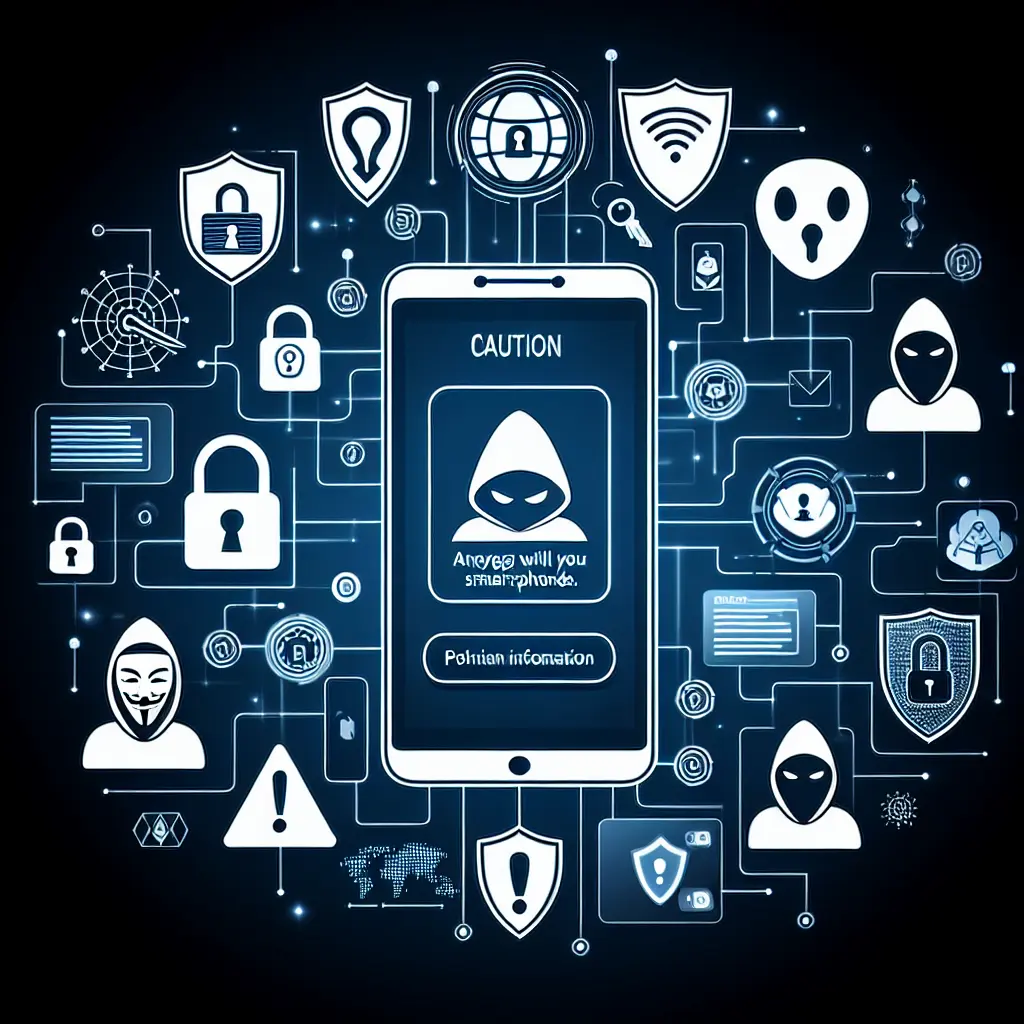In the realm of cybersecurity, a mere $10 threat has paved the way for the largest data breaches of 2024.
In today's digital landscape, where vast amounts of sensitive data are at play, the risks associated with cybersecurity are continuously evolving. As we navigate through 2024, one particular menace has surfaced as a significant catalyst for data breaches — stolen credentials. This modest yet perilous cyber threat has left organizations scrambling to fortify their defenses.
The Power of Stolen Credentials
Stolen credentials have become the leading strategy for cyber attackers, responsible for a staggering 80% of web application attacks in 2023/24. According to Verizon, these credentials are often the top tactic employed by hackers, creating a direct route to infiltrate systems undetected.
Why Are Stolen Credentials So Dangerous?
Ease of Acquisition
Stolen credentials are relatively easy and inexpensive to obtain on the dark web. Often priced around $10, these details offer cybercriminals a low-cost entry point into protected networks.
Once inside, attackers can leverage these credentials to access vast amounts of sensitive data, disrupt operations, and further exploit vulnerabilities within the system.
Traditional security measures may fail to recognize unauthorized access if the credentials appear legitimate, allowing attackers to operate under the radar for extended periods.
The Ripple Effect on Cybersecurity Budgets
Key Areas of Focus
In response to the growing threat of credential-based attacks, organizations worldwide have increased their cybersecurity budgets. This financial commitment highlights the urgent need to develop more robust security strategies and enhance existing infrastructures.
Implementing Multi-Factor Authentication (MFA) adds an additional layer of security by requiring multiple forms of verification before granting access.
Educating staff on recognizing phishing attempts and practicing secure password management can mitigate the risk of credential theft.
Investing in sophisticated monitoring tools can help detect unusual access patterns and prevent unauthorized breaches.
Looking Forward
The ongoing battle against cyber threats necessitates a proactive approach from businesses and individuals alike. As we move deeper into 2024, the significance of robust cybersecurity practices cannot be overstated. Organizations must remain vigilant, continuously adapting to the ever-changing threat landscape.
In conclusion, while the $10 threat of stolen credentials poses a formidable challenge, it also serves as a reminder of the importance of fortified defenses in our increasingly digital world. By taking decisive action and embracing innovative security measures, we can protect our data and maintain trust in our interconnected networks.
Stay safe, stay informed, and keep your digital fortress secure.
For further reading on this topic, check out the original article here.










Leave a Comment